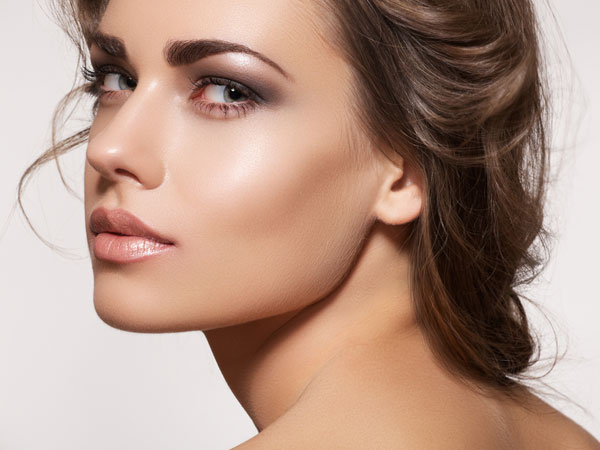
Tattoos date back more than five thousand years, and were used to identify soldiers, mark slaves, criminals, and in some parts of the world, used to indicate social rank, political status and religious authority. Western civilization first discovered skin inking in 1681, after months of raids on Spanish settlements, Lionel Wag=fer, a pirate surgeon, documented skin pricks with thorns followed by ink staining in Cuna Indians while recuperating from an injury which left him immobile for several months. Fascinating at first, but Wafer noticed that this method of staining the skin was permanent, and in all his best efforts as a doctor, could not effectively remove the tattooed pigments, even after much scarring of the skin with tattoo removal attempts. Why Are Tattoos Permanent? Ever wondered why getting a tattoo means it’s forever? According to medical science, when we have a tattoo, macrophages travel to the tattooed site and start eating up the ink. Other cells also suck up the tattoo ink but can’t do anything with it, living Continue Reading




